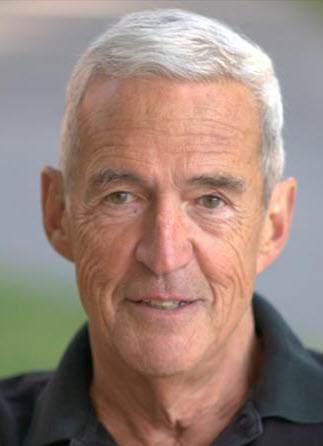MUSINGS: Parts of a Larger Whole
I don’t know whether to laugh or cry. EMA is forty years old!
I smile because the organization is so old, has done such good things, is so full of good plans for the future. I’m even older, and I remember the beginnings. The actual start of what became EMA depends on how you view it. The first thing I remember was an informal gathering of interested people that took place at the American Musicological Society’s annual meeting, in Berkeley in the fall of 1976,to consider forming an organization of people interested in “early music.” The term itself was relatively new. David Munrow’s Early Music Consort of London had formed in the late ’60s, and I had attended an important conference in London entitled “The Future of Early Music in Britain.” But in the U.S., at least, the idea of grouping music from before about 1750, or historical performing styles, into a single category was a novel idea at the time.

Even before that, a consortium — including New York Cornett and Sackbut Ensemble, New York Consort of Viols, Music Before 1800, New York Baroque Dance Company — banded together to raise funds and awareness; this group was a sort of subset of Chamber Music America, using CMA as a model and an umbrella while EMA got itself organized and focused. The double impetus of scholars and performers may have something to say about early creative tensions. There are various potential stakeholders in such an organization: scholars, yes, but also performers (professional and amateur), teachers, instrument makers, presenting organizations, ensembles, record-makers and buyers, and audiences (have I missed someone?).
By 1985, it had grown into in an independent organization with a tiny but talented staff, a dedicated board of directors, and the hope and wish to further the cause — whatever the cause is.
I still remember an early board meeting at Michael and Kay Jaffee’s apartment in New York, where there was serious discussion of whether we wanted to be the American Dairy Council (lobbying association for the professional field), or the Rah-Rah Association of Enthusiasts (focused on amateurs). EMA, after 40 years, has still perhaps not quite figured that out, and creative discussions continue.
What I lament, if there’s anything to lament, is that EMA is not 10 times the size it actually is.
We have a stable and fairly consistent membership, with a lot of long-time members. That’s a very good sign: I think it means that we really love early music (or at least the part of early music that overlaps with our own interests), and we believe that EMA does a good job of keeping us entertained and informed, and advocating for the field. But I also think — and I have absolutely no evidence — that we are many different groups, each representing a small part of a much larger group. That is, for every EMA member interested in, say, viol-playing, there may be 10 people equally interested in viol-playing who are not members. But why? How do we entice them to join?
For some years I taught courses in the Juilliard Historical Performance program, and I invited students to become members of EMA, reminding them that EMA offers free yearlong memberships for students. The response was very, very low. EMA just didn’t seem, I guess, to represent what talented and career-minded young musicians felt they needed.
So maybe the question is whether we support EMA (in order to advance the field, keep early music in the public eye, encourage great music-making), or whether EMA supports us (by providing networking, information, this magazine and online content, conferences, and lots more) or, perhaps, a good dose of both.
The next 40 years, I expect, will give us the answer. I sure hope the answer is yes to both!
Thomas Forrest Kelly is Morton B. Knafel Professor of Music at Harvard. He previously directed early-music programs at Wellesley, the Five Colleges, and Oberlin. He is past president and a longtime board member of Early Music America and the author, most recently, of Capturing Music: The Story of Notation (W.W. Norton).

